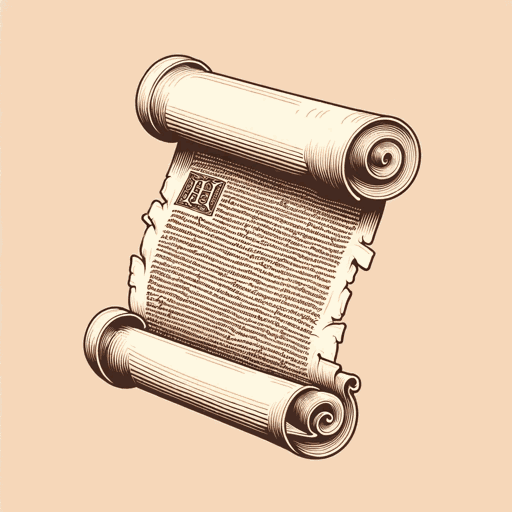48 pages • 1 hour read
Stephen GreenblattThe Swerve: How the World Became Modern
Nonfiction | Book | Adult | Published in 2011A modern alternative to SparkNotes and CliffsNotes, SuperSummary offers high-quality Study Guides with detailed chapter summaries and analysis of major themes, characters, and more.
Key Figures
Poggio Bracciolini
Born in 1380 on the outskirts of Florence, Poggio learns Latin, law, and handwriting and makes his way up the Vatican career later to become personal secretary to several popes. During his career, he grows fascinated with the lost literature of classical Romans and Greeks and searches European monasteries for long-lost ancient manuscripts. His greatest discovery, made in 1417, is the six-volume poem On the Nature of Things by ancient Roman poet Lucretius; the poem has an enormous influence on artists and scientists, helping to launch the Renaissance and leading directly to modern developments in science, the arts, politics, and religion.
Titus Lucretius Carus
A poet of the late Roman Republic, Lucretius is a follower of the philosopher Epicurus, who espouses the pursuit of pleasure instead of the pieties of religious superstition. Lucretius’ poems influence other Roman poets, including Virgil and Horace. Lucretius’ only surviving work, On the Nature of Things, is nearly lost to history but rescued from oblivion in 1417 by papal secretary Poggio, who discovers the work in a monastery and copies it for posterity. The beautiful poem is read widely by artists, philosophers, and writers; its ideas undermine some of the harsh tenets of medieval Christian philosophy and encourage the development of the Renaissance and, ultimately, modern scientific, cultural, religious, and political thought.


